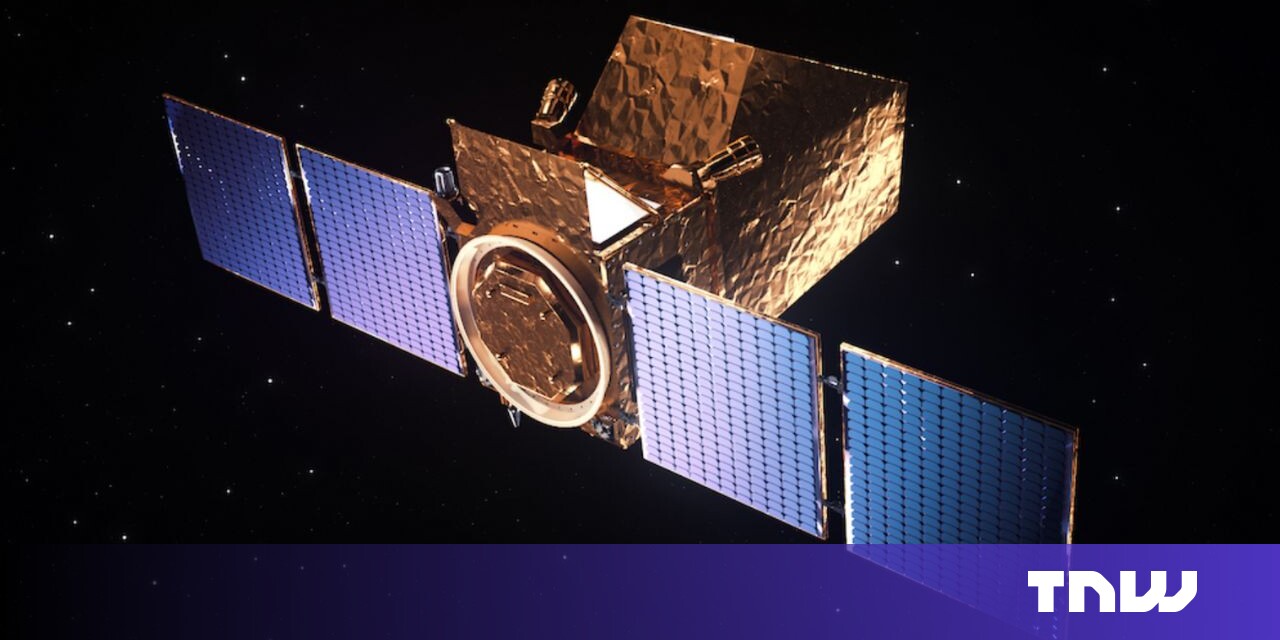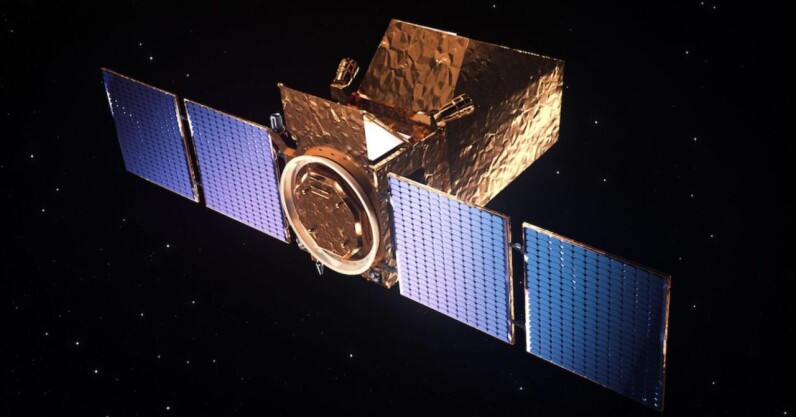#Space data pioneer books landmark flight on SpaceX’s Falcon 9

Table of Contents

Mauve is the brainchild of British startup Blues Skies Space. The London-based company has a unique plan for the satellite.
After launching into space in October 2025, Mauve will turn its onboard telescope towards the cosmos. The 13cm device will then observe hundreds of stars in ultraviolet and visible wavelengths.
Scientists will scan the data for insights on stellar flares and magnetic activity. They could even unearth evidence that neighbouring exoplanets are habitable. But that’s not what makes the plan unusual.
TNW Conference 2025 – Back to NDSM on June 19-20, 2025 – Save the date!
As we wrapped up our incredible 2024 edition, we’re pleased to announce our return to Amsterdam NDSM in 2025. Registration now!
Blues Skies Space will provide the data to researchers via an annual membership. This approach sets the startup apart from the prevailing model.
Space data problems
Traditionally, researchers rely on government agencies to access space data. But the likes of NASA and ESA can’t keep up with the demand.
The James Webb Telescope, for instance, received 1,600 requests for observing time. Only 249 of them were selected.
Blue Skies Space offers another route to the stars. Marcell Tessenyi, the startup’s CEO and co-founder, has pledged to deliver in-demand data “in accelerated timelines.”
The insights will span “thousands of hours each year,” Tessenyi told TNW. Scientists who join before the launch will also have a chance to direct Mauve’s observations.
Future flights
Mauve will fly on Falcon 9 as part of the Transporter-15 ride-share programme.
The satellite is the first in a fleet that Blue Skies Space is building. Could Europe’s Ariane 6 rocket launch the startup’s next stargazer?
Tessenyi is keeping schtum.
“We search the market for the best option based on the availability of launch slots, costs, and preferred orbit among other factors,” he said.
“In this instance, it turned out to be Transporter-15 for Mauve. For our larger satellite, Twinkle, and future ones, we will make the assessment on a case-by-case basis and choose the best suitable launcher.”
If you liked the article, do not forget to share it with your friends. Follow us on Google News too, click on the star and choose us from your favorites.
If you want to read more like this article, you can visit our Technology category.